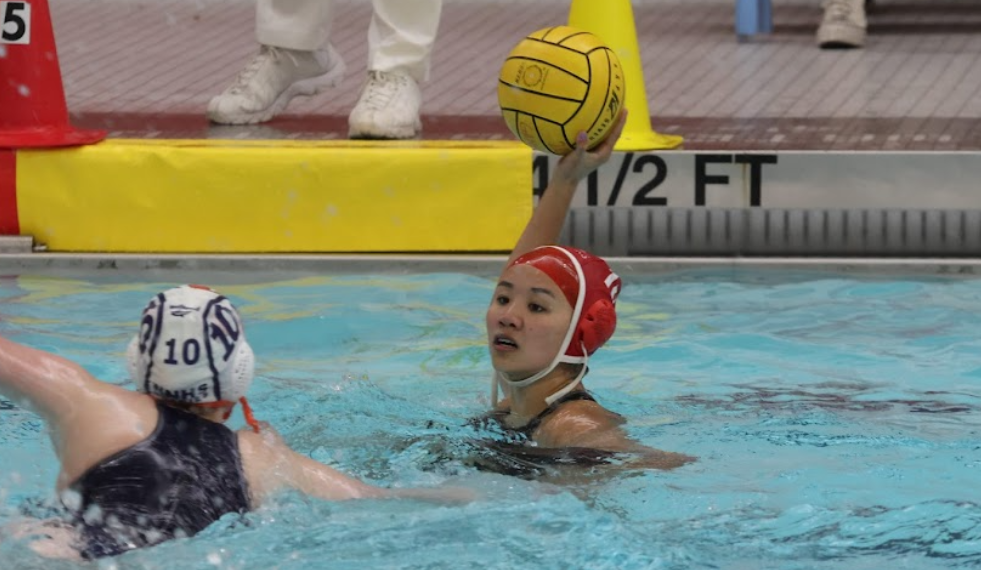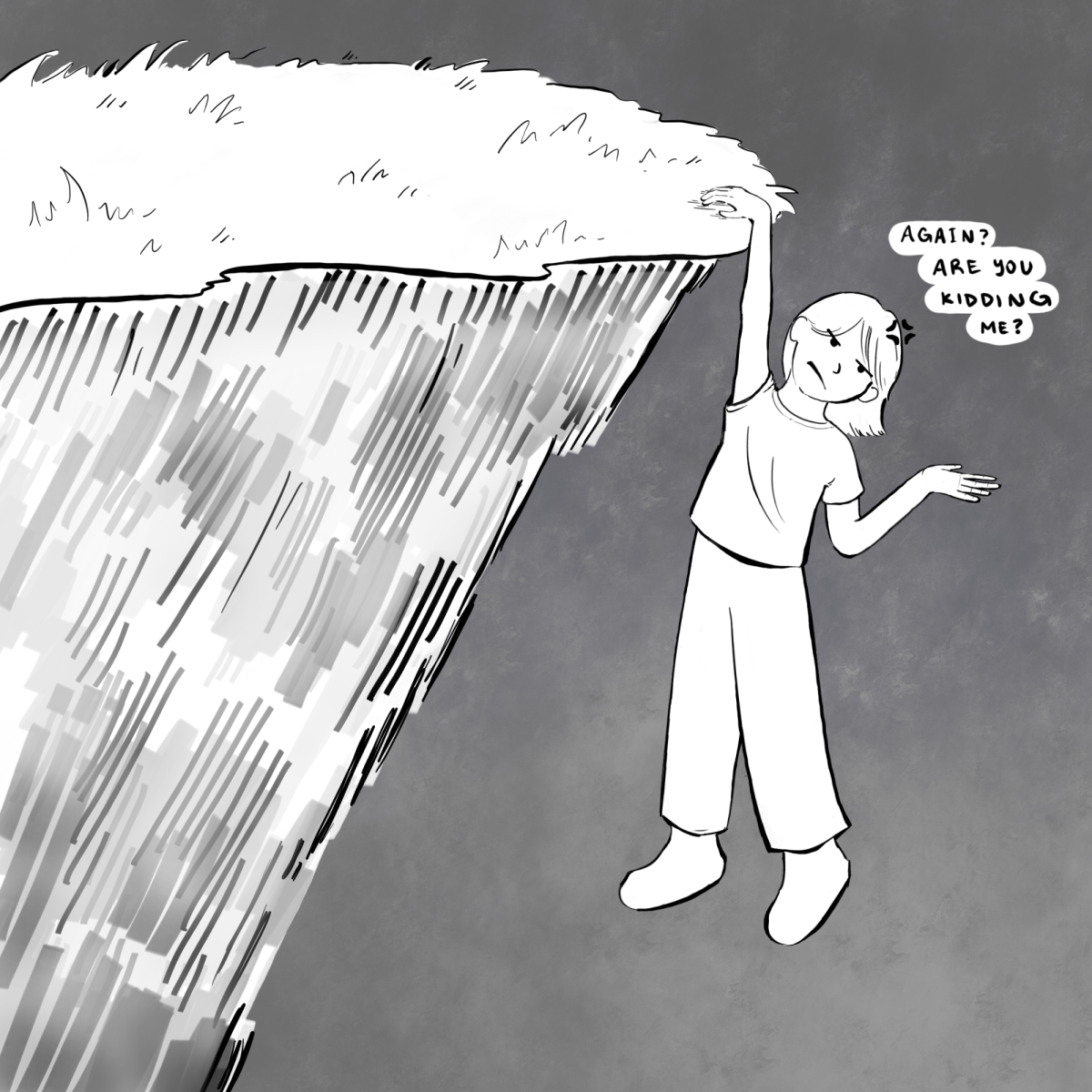Stepping in the right direction
October 30, 2018
Despite my strong connection with my South Asian culture and heritage, there are obvious flaws when it comes to treatment of women in that region and by people raised in that context. Women and young girls are sexually assaulted, harmed, shamed and have certain cultural expectations of being a wife and mother.
There are movements and groups that have addressed these issues, but the situation persists, albeit at a diluted level, through the efforts of these organizations.
But this isn’t just an issue that manifests solely in what we would consider a third-world country or a non-Western culture. Sexism, both overt and covert, is real and present in our own circles, both in the school and in the community.
With the dawn of the #MeToo era, we’ve seen an increase in victims of sexual harassment sharing their stories not only to get justice for the wrongs committed against them, but to tell other women that if they choose to speak up, their voices will be heard and they will recieve support. Even if they don’t decide to say anything, there is a force of women who stand in solidarity with them.
There is a risk of false accusations, but that risk is comparatively small to the amount of damage that would come to a victim’s life.
Further, sexual assault doesn’t just exist in binaries. It crosses gender boundaries and anyone may be a victim or a perpetrator.
While issues like this are being tackled on a worldwide scale, sexist undertones exist and are being addressed in our own school.
A recently changed dress code, that clearly states what clothing is acceptable for the “professional” school environment, addressed the fact that for the previous period of time that the former dress code had been in effect, girls were “dress-coded” more often and told that the way they dressed made them a distraction to other students.
The old dress code promoted a toxic culture that, in the context of sexual harassment, results in victim blaming and shaming. With this mentality clothing may have come off as a person “asking for it” therefore requiring them to change, when in reality, it is the person committing an act of harassment whose behavior needs to change.
While the change in Naperville Central’s dress code is a step in the right direction in terms of moving away from accusing, there needs to more in terms of educating and encouraging students to be respectful and accepting of all students, regardless of gender.
There was a time when a woman going into a STEM-related field was unthinkable, when men in these fields would look down upon these women as incapable of pursuing the path solely because of their gender.
Generational differences and an overall shift to promote gender equality have made this less of an issue. It’s common to see students of all backgrounds and genders taking STEM classes and participating in related activities.
But that doesn’t mean a culture of sexism has been eradicated from our patriarchal culture completely.
Just as the new generation of women in my parents’ home country has been struggling to overcome sexist issues, so too have Americans, including in our own school community.
As long as we remain on this path there is no doubt in my mind that there will be a day when everyone will feel comfortable with who they are.







